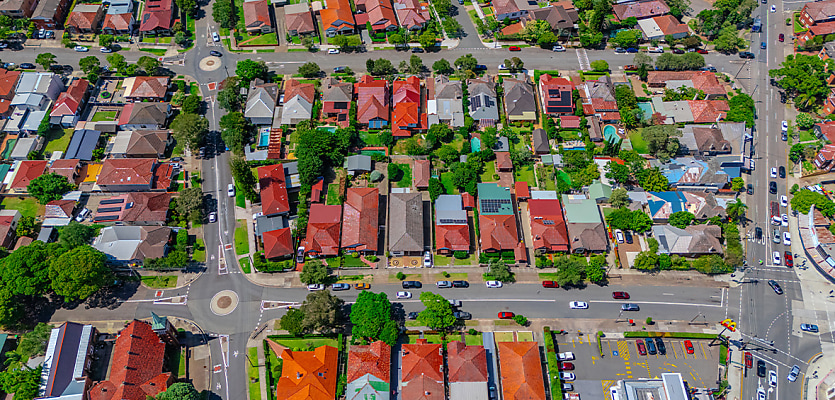Mortgage stress has fallen to its lowest level in two years and household savings have surged to record highs, providing new signals that Australia’s cost-of-living crisis may have passed its peak.
New data from Finder’s RBA Cash Rate Survey, released ahead of Tuesday’s Reserve Bank interest rate decision, shows 44 per cent of experts believe the worst of the cost crunch is now behind households.
Monthly household savings have jumped to a record $932, up from $614 in June 2023. The research also indicates that mortgage stress, defined as households spending more than 30 per cent of income on repayments, has eased to levels not seen over the last two years.
The results come as all four major banks predicted the RBA would cut rates at Tuesday’s meeting.
Graham Cooke, head of consumer research at Finder, cautioned against over-optimism, noting that large pockets of the population remain under strain.
“Whether the cost-of-living crisis is over really depends on who you ask,” he said. “While Finder’s Cost of Living Pressure Gauge shows that cost pressures are easing, rents are still sky-high and relief is being more directly felt by home owners.”
Cooke added that the divide between renters and mortgage holders was growing more pronounced. “The property class divide in Australia is widening,” he said.
Despite rising savings, over 40 per cent of Australians surveyed said they still had less than $1,000 in the bank, suggesting the recovery remains uneven.
The University of Western Australia’s Jakob Madsen said that cost-of-living pressures failed to impact standards of living.
“I think the so-called cost-of-living crisis is blown up and clearly not of the scale we saw in the 1970s and 1980s,” he explained. “Most remuneration is indexed to consumer prices, so the standard of living has not changed much.”
“The exception is some renters and new entrants into the housing market have experienced marked increasing costs. But this is all caused by the escalation of house prices, not a general increase in the real value of pensions and wages.”
The RBA board will meet on Tuesday to determine whether to hold the official cash rate at 4.35 per cent. Economists will be watching closely for any shift in tone, particularly around inflation and household resilience.







You are not authorised to post comments.
Comments will undergo moderation before they get published.